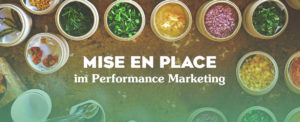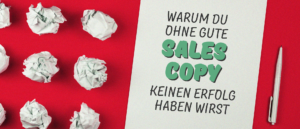By the way, we are constantly testing Facebook against LinkedIn here – and there is by far no clear winner across the campaigns!
But briefly to the most important factors. Here’s what you need to keep in mind if you want to generate leads online with a reasonably high quality:
The most important thing is to define the corresponding numbers and to have them under control.
This is the only way we can continuously improve performance. Optimizing for a favorable CPL (cost per lead) at this point is the wrong approach in most cases.
We almost always work with specially developed lead pages, rather rarely with the lead forms of Facebook. The background is that we can test many more factors on our own landing page.
Back to the numbers… Without exception, we always track until the actual purchase is completed, which usually happens offline. To this end, we work very closely with our customers and their sales teams to ensure that corresponding figures are actually reported back. All purchases are recorded in our dashboard and evaluated on an ongoing basis.
The goal is a metric: The cost of an actual purchase.
Once we have this key figure, we know the exact costs for a generated new customer, the conversion rate and thus also the quality of the leads. Especially with higher spending, this is sometimes a very accurate and reliable figure. Armed with this information, we work out different A/B testing scenarios to further increase the efficiency of the campaign.
A lead may also cost more in the next step if the expected conversion rate is correspondingly high! This has the pleasant side effect that we leave many competitors behind us with correspondingly high bids. If, on the other hand, the leads are very cheap, but convert poorly, there is an urgent need for action.
So what is to be done?
We have cheap leads that don’t convert. This means that we have to significantly increase the hurdle to conversion (in this case, filling out the form). This is done, for example, by incorporating further barriers to better filter traffic. This can be solved particularly well via the contact form – with additional fields. Another option would be to simply target the targeting more sharply. Attention: Please test only one variable at a time!
So we deliberately accept additional jumps in order to increase the quality. This also increases the CPL (cost per lead), but at the end of the day I have a more profitable sale due to high pre-qualification.









